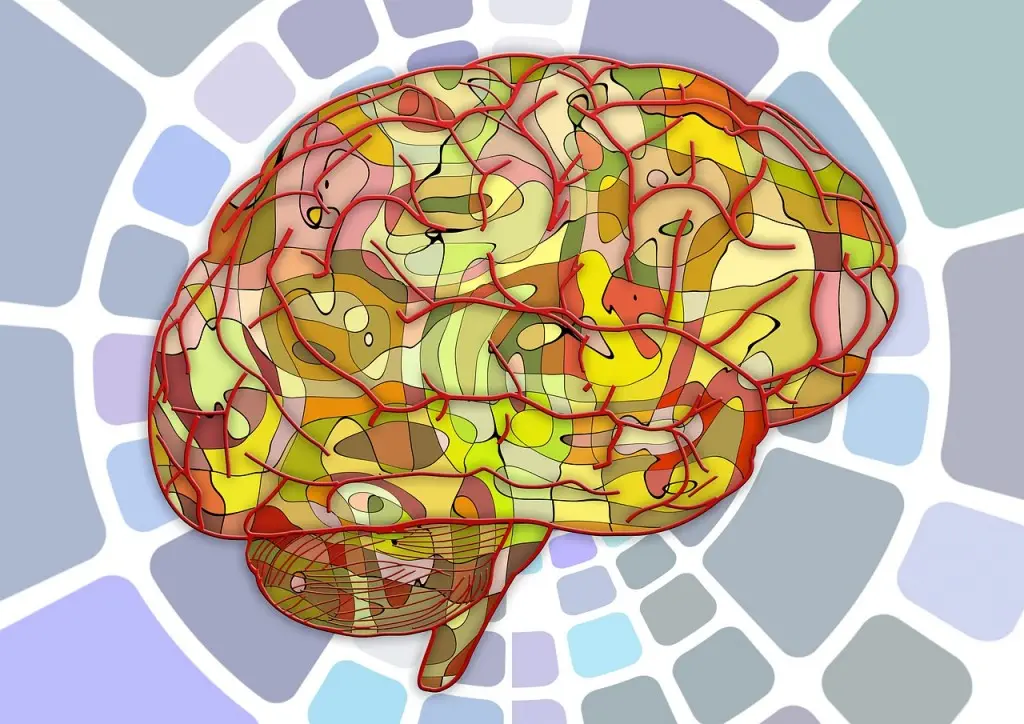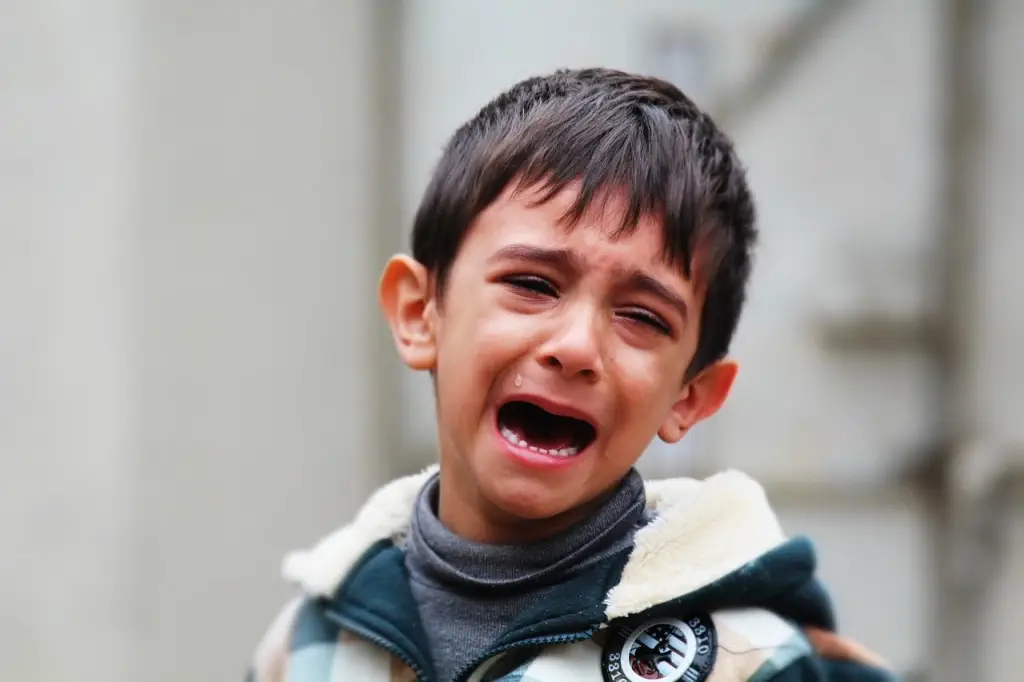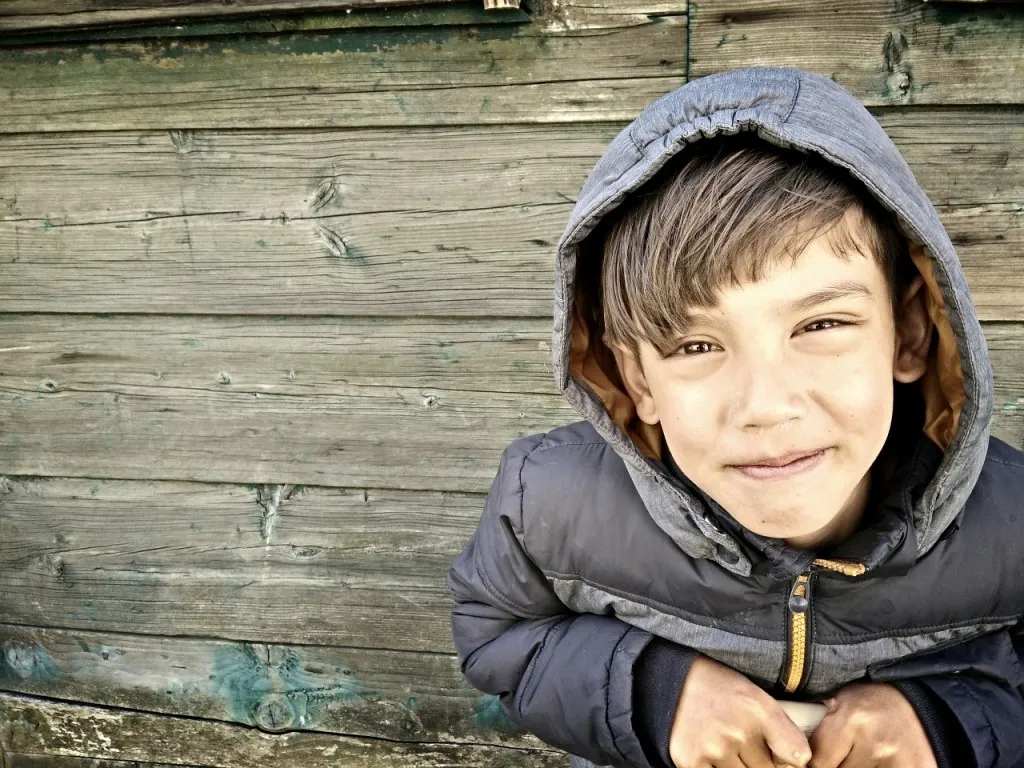
Reedley International School – one of the many great international schools in Manila – implements an active anti-bullying program to foster a healthy learning environment for all their students. But how do they do it, and how can problems like these be identified and ultimately, prevented?
In order to answer that question, a deeper understanding of bullying and its roots is required.

What Creates the Bullying Mindset?
Lack of Attention at Home
Children who are ignored when they are at home tend to compensate for that lack of attention in school instead. They may end up bullying their peers and creating social outcasts of others, thus establishing themselves as a social butterfly with the power to make or break other people. All they want is to be heard and they will go to great lengths to do so.
This may also be the case for children of broken or disturbed families. Parents who are either too busy or too engrossed in other matters to pay attention to their children are priming their children to seek that attention and affirmation elsewhere, no matter how they get it.
Insecurity Against Others
Other children may struggle with feelings of inadequacy – something they may compensate for by making others feel bad about themselves. How this usually works is that the bully may feel threatened by the advanced skill of a peer. This is something the bully knows they cannot beat, so they instead resort to bringing them down in other ways instead. Much like any other form of bullying, this may manifest itself in either physical, emotional, or even social bullying, the latter being one of the most common.
Emulation of Role Models
When children are constantly exposed to a certain type of behavior, they tend to emulate it. According to a study by Mark Nielsen and Keyan Tomaselli, “human children focus more on reproducing the specific actions used than on achieving actual outcomes when learning by imitating.” That said, children who are always around an air of aggression will likely lead to them to behave the same way, regardless of where they are or who they are with. This aggression often develops into bullying, which is why it is important that children are taught values and kindness early on in life.

Identifying Bullying
Bullying is not as clear cut as other problems because it can come in many forms. There are, however, four characteristics a person can look out for in order to identify it immediately and be able to stop it in time.
1. Intentional – While conflict is a natural part of life, one child inflicting pain on another intentionally is a wholly different story. Bullies tend to be more calculated with their moves; they strike to cause pain, and whether it may be physical or verbal, it is still abusive.
2. Repetitive – A child who causes discomfort to his peers once or twice is nothing to fuss about. Children are children after all, and they mean no harm unless the offending action is done repeatedly. Repetition is a very clear sign that bullying is at large, so try your best to ensure that offences happen only once.
3. Hurtful – Again, bullying can come in many forms, but there is one common denominator, and that is that it causes harm or pain. Whether it is a physical or emotional injury, getting hurt by others is not normal and should not be tolerated.
4. Imbalance of Power – Two children must, as much as possible, be on an equal standing in the playing field as to avoid one from overpowering the other. However, this is not always the case. There are many factors that could contribute to this imbalance such as age, strength, physical prowess, etc., so it is important that while they have their differences, both children must use it to their mutual advantage.
The Types of Bullies
Bullying itself is a diverse subject overall – it comes in many forms, and unsurprisingly, so do its mediums. Depending on their certain environments, they can sprout up into many different types, such as:
Bullied Bullies. These are the types of bullies who were initially victims, but later on sought revenge for how they were treated by doing the same to others. These are the types who compensate with their past lack of power by dominating others.
Social Bullies. More on the covert side than most, social bullies are those who like to manipulate or spread gossip about their peers. They do this partly due to their inherently low esteem, but sometimes it is an activity also borne out of pride. How this works is that the bullies ostracize one of their peers by defaming them, slowly building a wall around them. The victim then becomes unapproachable, and in most cases, lonely.
Detached Bullies. These are a bit a harder to detect as they tend to be liked by the people that surround them. Only the victim harbors ill feelings towards them as detached bullies very carefully plan their attacks as to not make them look like the antagonist, while simultaneously making their target look like a simple victim of circumstance.
Hyperactive Bullies. These bullies are partly not to blame for their actions due to their tendency to be unable to detect that they are behaving inappropriately. Whether it is a lack of training, education, or experience, these bullies do not possess adequate social senses and will therefore treat others as they please, no matter the consequences.
Insecure Bullies. Commonly found in movies and books – and certainly in real life – insecure bullies tend to project their insecurities upon others. Consider the classic example of a child bullying another for liking “nerdy” things such as video games or comic books. The bully chastises the other for it, but they do it themselves. This is their way of coping with being secretly “uncool” in their own eyes.
Superior Bullies. Despite having it all – a good family, healthy relations, and a good background – sometimes a child may still end up becoming a bully because of these things. They have everything they could ever need; everything they could ever want; in their minds this makes them better than their peers. Their privilege blinds them to the fact that not everyone has what they have, and so they think poorly of the people around them.
Helping Bullies
Fortunately, bullying is not a lost cause. Through learning about kindness, compassion, and respect, children who display bully behavior can overcome whatever personal or environmental struggle it is that they are facing to get along better with their peers. In addition, showing them the effects of their actions will reveal to them the truth: bullying is not the answer to becoming a better person, but working with others is.
Reedley’s anti-bullying program embodies these ideals and promotes them to create a harmonious environment for all its students. They believe that schools should not immediately jump into punitive sanctions right away when dealing with these issues. Patience from both parties is required, and the best way to resolve things is to have a constructive dialogue between the school and the parents of the troubled child.
Reedley ensures that parents are informed of their child’s situation and that they will be guided should they encounter difficulties. While open communication with the parents alone contributes to a large part to Reedley’s success when it comes to mitigating bullying issues, teaching the offending child about empathy, forgiveness, and saying sorry, is also prioritized. By learning about their victims and how bad they made them feel, they are less likely to commit the same mistakes again.
However, the school cannot do everything. The child’s home environment must also contribute to their emotional growth; parents must embody what it is to not be a bully. They must create a culture of kindness and compassion even at home in order for the child to bring that goodness wherever she goes.
Both parents and teachers must make an effort to teach bullies that the act of bullying in itself is a double-edged sword. While the bully may feel temporarily fulfilled after bullying someone, the long – term effects of what they have done will stay with them and have an effect on how they treat people as they continue doing it. They must realize that, as they grow older, hurtful and abusive behavior will not be tolerated by others, and that slowly they may find themselves reaping the consequences of losing friends, family, important relationships, and even careers.







 logo.png)



